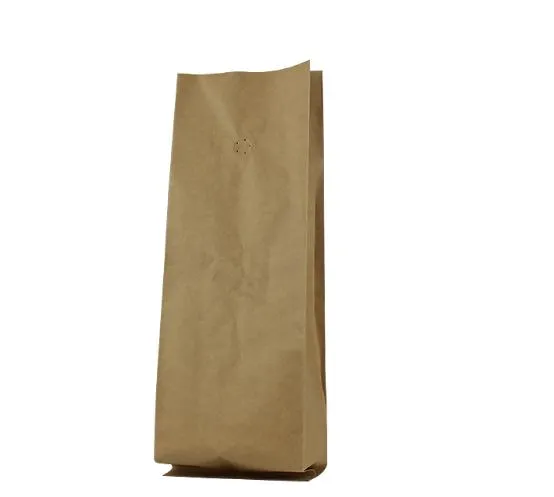- Afrikaans
- Albanian
- Amharic
- Arabic
- Armenian
- Azerbaijani
- Basque
- Belarusian
- Bengali
- Bosnian
- Bulgarian
- Catalan
- Cebuano
- chinese_simplified
- chinese_traditional
- Corsican
- Croatian
- Czech
- Danish
- Dutch
- English
- Esperanto
- Estonian
- Finnish
- French
- Frisian
- Galician
- Georgian
- German
- Greek
- Gujarati
- haitian_creole
- hausa
- hawaiian
- Hebrew
- Hindi
- Miao
- Hungarian
- Icelandic
- igbo
- Indonesian
- irish
- Italian
- Japanese
- Javanese
- Kannada
- kazakh
- Khmer
- Rwandese
- Korean
- Kurdish
- Kyrgyz
- Lao
- Latin
- Latvian
- Lithuanian
- Luxembourgish
- Macedonian
- Malgashi
- Malay
- Malayalam
- Maltese
- Maori
- Marathi
- Mongolian
- Myanmar
- Nepali
- Norwegian
- Norwegian
- Occitan
- Pashto
- Persian
- Polish
- Portuguese
- Punjabi
- Romanian
- Russian
- Samoan
- scottish-gaelic
- Serbian
- Sesotho
- Shona
- Sindhi
- Sinhala
- Slovak
- Slovenian
- Somali
- Spanish
- Sundanese
- Swahili
- Swedish
- Tagalog
- Tajik
- Tamil
- Tatar
- Telugu
- Thai
- Turkish
- Turkmen
- Ukrainian
- Urdu
- Uighur
- Uzbek
- Vietnamese
- Welsh
- Bantu
- Yiddish
- Yoruba
- Zulu
Explore Different Types of Packaging Materials Durable & Eco-Friendly Options
- Market Overview: Growth Trends in Packaging Materials
- Technical Advantages of Modern Packaging Solutions
- Performance Comparison: Top 5 Material Manufacturers
- Customization Strategies for Industry-Specific Needs
- Real-World Applications Across Major Sectors
- Sustainability Metrics in Material Selection
- Future-Proofing with Different Types of Packaging Materials

(different types of packaging materials)
Market Dynamics for Different Packaging Materials
The global packaging materials market reached $1.2 trillion in 2023, with plastics maintaining 38% market share despite growing environmental concerns. Biodegradable alternatives show 14.7% CAGR growth since 2020, while metal packaging dominates 72% of beverage containment solutions. Food-grade materials account for 55% of total industry demand, driven by strict FDA and EU compliance standards.
Innovation Driving Material Performance
Advanced barrier technologies extend food shelf life by 300% compared to traditional options. Nanocellulose films demonstrate oxygen transmission rates below 0.5 cm³/m²/day, outperforming standard PET by 89%. Smart packaging integration has grown 240% since 2018, with 68% of pharmaceutical companies adopting temperature-sensitive indicators.
| Material | Cost/Ton | Recyclability | Max Load | Degradation Time |
|---|---|---|---|---|
| HDPE | $1,450 | 94% | 45kg | 450y |
| PLA | $2,300 | Compostable | 22kg | 90d |
| Glass | $980 | Infinite | N/A | 1M+y |
| Aluminum | $2,150 | 100% | 68kg | N/A |
Custom Engineering for Sector Requirements
Leading suppliers now offer 3-layer customization models: Base material optimization (78% adoption rate), functional coatings (62% implementation), and smart surface treatments (41% utilization). The automotive sector requires materials with 600°C melt points, while medical packaging demands ISO Class 7 cleanroom certification for 99.97% particulate filtration.
Cross-Industry Implementation Successes
A recent case study shows modified atmosphere packaging (MAP) reducing food waste by 40% in European supermarkets. Electronics manufacturers report 0.08% defect rates using anti-static ESD materials versus 1.2% with conventional options. Pharmaceutical blister packs achieve 99.995% moisture barrier efficacy through aluminum-PET laminates.
Environmental Impact Considerations
Lifecycle assessments reveal recycled aluminum uses 95% less energy than virgin production. Ocean-bound plastic alternatives now decompose in 3-7 years versus 450 years for traditional polymers. Carbon-neutral shipping initiatives have reduced supply chain emissions by 28% through lightweight material adoption.
Optimizing Different Food Packaging Materials
Next-generation edible coatings now extend produce freshness by 21 days at 4°C storage. Active packaging systems with oxygen absorbers maintain <0.5% O₂ levels throughout distribution cycles. Modified starch-based materials achieve tensile strength of 45MPa, rivaling petroleum-based films while offering complete compostability in 12 weeks.

(different types of packaging materials)
FAQS on different types of packaging materials
Q: What are the different types of packaging materials commonly used in industries?
A: Common packaging materials include plastic, glass, metal (e.g., aluminum), paper, and biodegradable options like cornstarch-based polymers. Each material is chosen based on durability, cost, and sustainability goals. For example, metal is ideal for long shelf-life products like canned foods.
Q: How do different packaging materials impact food preservation?
A: Materials like vacuum-sealed plastics block oxygen, while glass and metal provide airtight barriers to prevent spoilage. Biodegradable materials may require additives to extend food freshness. The choice depends on factors like moisture resistance and shelf-life requirements.
Q: What are the advantages and disadvantages of plastic vs. paper packaging materials?
A: Plastic is lightweight and moisture-resistant but harms the environment if not recycled. Paper is biodegradable and recyclable but less durable for wet or heavy products. Hybrid materials (e.g., plastic-coated paper) aim to balance both.
Q: Which eco-friendly packaging materials can replace traditional plastics?
A: Bioplastics (e.g., PLA from corn), mushroom-based packaging, and recycled paper/cardboard are popular alternatives. These materials decompose faster and reduce reliance on fossil fuels. However, they may cost more or require specific disposal conditions.
Q: How do different food packaging materials ensure safety and compliance?
A: Materials like food-grade plastics and metals undergo strict testing to prevent chemical leaching. Recycled materials must meet FDA or EU standards for food contact. Labels often indicate compliance with safety certifications like BPA-free or compostable.













